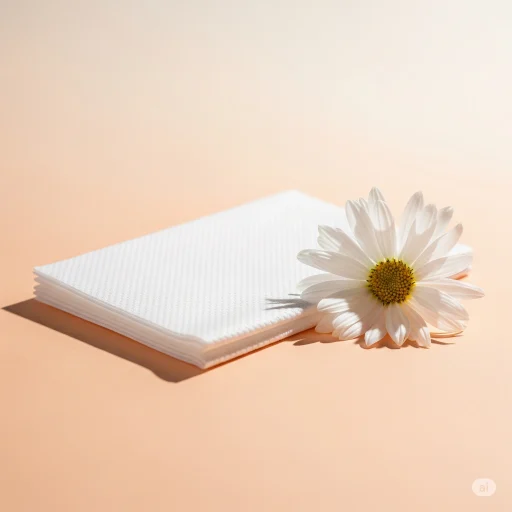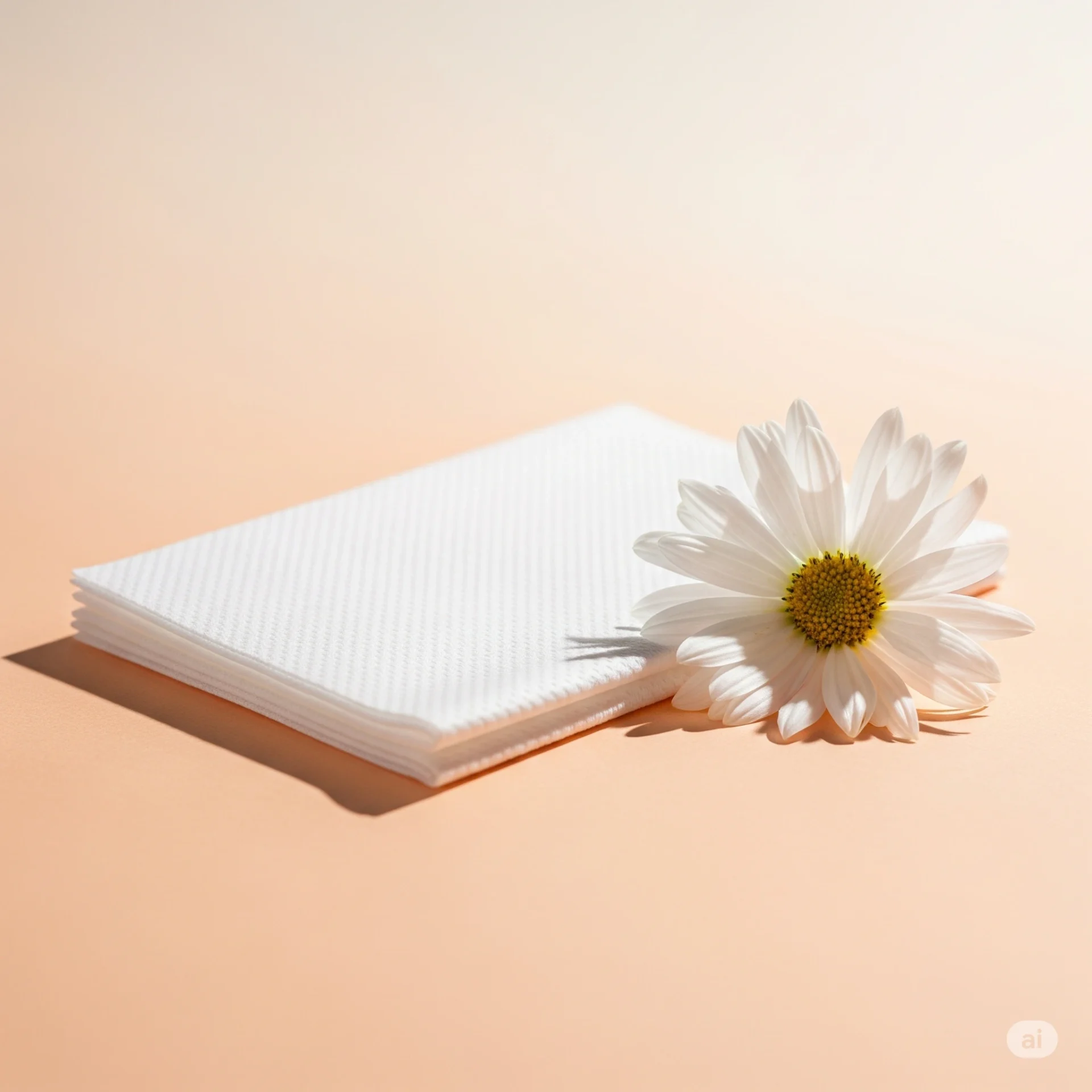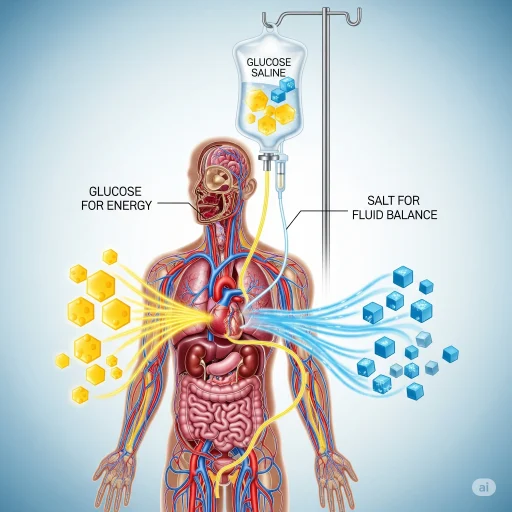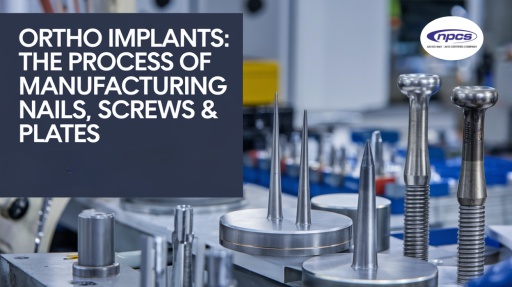The napkin pad is also known as a menstrual pad or sanitary pad. It helps women stay clean and comfortable throughout their period. The pad is placed inside the underwear to absorb menstrual fluid. Good pads keep the skin dry and prevent stains. They also allow people to do their daily tasks, go to work or school, as well as sleep.
This article will explain every point here. We will explain what a pad does, what it contains and how it is made. We will also discuss how to safely use, dispose of, and make choices for the environment. You can also learn how to start a small business if you’re interested in making or selling pads.
What Is A Napkin Pad And Why Does It Matter
The napkin pad consists of a soft, flat sheet. It is pressed into underwear in order to stop the flow. Its job is to keep liquids away from your skin. This helps to prevent rashes, odors and rash. Girls and women who use good pads miss less school or work. Good pads provide privacy and dignity for women during their periods. Insufficient or poor quality pads can lead to stress and health problems. Pads are important for your health, comfort and even life.
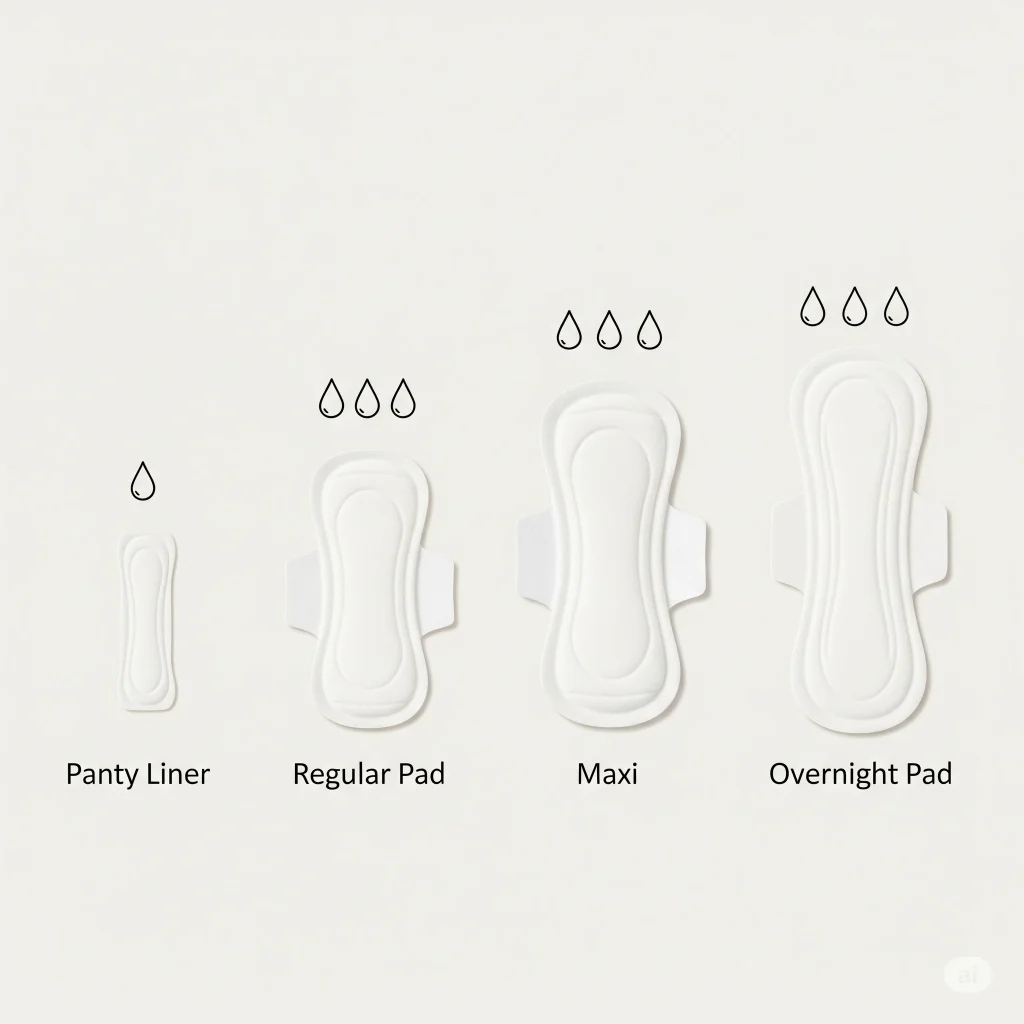
How A Pad Is Made – The Layers, Their Roles
A pad is made up of three layers. Each layer has a specific function:
- Top sheet: The soft skin layer. This allows blood to flow quickly into the center. The top sheet should be dry and soft.
- Core absorbent: This part is the middle. The makers use cellulose, which is a wood pulp that has been fluffed up. They also use SAP (super absorbent polymer). SAP can absorb liquids up to many times their weight. The core distributes liquid evenly so that it doesn’t pool at one place.
- Back sheet (leak barrier). This thin sheet stops liquids from entering underwear. The back sheet helps keep clothes clean.
Some pads have wings. The wings fold over and hold the pad in place. Pads can also be designed with grooves that guide liquid into the center. The pad is held in place by a strong adhesive.
Read More: Start Production Business of Sanitary Napkins – Here Is How To Do It.
Choose The Right Napkin Pad For You
There are many different types of pads. There are many types of pads.
- Panty Liners: Very thin. Use to remove light spots or for daily freshness.
- Regular pads: For normal flow. Change frequently.
- Maxi pads or heavy pads: More absorbent and thicker for days with high flow.
- Overnight Pads: Longer, more absorbent and designed for sleeping.
- Maternity Pads: Strong Absorbency for After Birth
- Natural / organic pads: Made of cotton or plant fibers. Some people choose these pads to avoid certain chemicals.
- Biodegradable Pads: Designed to decompose faster than plastic pads.
Choose pads based on flow rate, comfort and fit.
Materials Used In Napkin Pad – Simple Details
The materials used in pads are chosen for their safety and functionality:
- Top sheet made of non-woven material: Soft and dry.
- Cellulose Pulp: a light, fluffy material which absorbs liquid.
- Superabsorbent Polymer (SAP). A powder that absorbs liquid and forms a gel.
- Back sheet films: usually polyethylene, or similar plastics to stop leaks.
- Adhesive : glue to hold the pad in position.
- Release Paper: thin, paper-like paper which covers adhesives until they are used.
The manufacturers may add fragrances to the pads, but they can irritate skin that is sensitive. Unscented pads are preferred by many people.
How To Make Napkin Pads – Overview
In a factory, pads are made in clear steps. Here’s a simple look:
- Get raw materials. The company gets rolls of nonwoven fabric, cellulose, pulp, film and glue.
- Mix pulp with SAP using machines. They create a shaped core.
- Assemble layers. Cover the core with the top sheet, while the back sheet seals the bottom.
- Attach wings with glue. Place adhesive strips on back of wings.
- Cut to size Machines that cut pads and finish them.
- Wrap each pad in a wrapper. The pads are then placed into the wrapper. The plant packs many pads into a box.
- Quality Control Workers check pads for strength, absorbency and leakage.
Small-scale producers may be able to work with semiautomatic machines or manual steps. For higher quality and speed, large plants use full automation.
Read More: Most Profitable Small scale Manufacturing business Ideas for Indian Startups
What Factories Test For Quality Checks And Safety
Test pads frequently: Good manufacturers test pads often.
- Absorbency The amount of liquid that the pad can hold
- Resistance to leakage: whether liquid reaches back sheet.
- Adhesion : If glue holds the pad in place.
- Skin Safety: Tests for avoiding irritation or allergy.
- Packaging Hygiene: Wrappers should be kept clean and sealed.
Tests reduce complaints and ensure user safety.
How To Use A Sanitary Pad – Simple Steps For Users
Following these steps makes using a pad easy.
- Before touching the pad, wash your hands.
- Open the wrapper to remove the pad.
- Peel the release paper off to reveal the adhesive.
- Stick the pad inside your underwear. Fold the wings under the sides of your underwear if it has them.
- Replace the pad every 3-4 hours with normal flow. If it feels full, change sooner.
- Wrap used pads in their wrapper or tissue paper and place them in the waste bin. Do not flush pads into the toilet.
Regular hand washing and changing of clothes reduces bacteria and odor.
Watch For Skin Irritation When Caring For Your Health And Skin
Pads are not known to cause any serious health issues. Some people can get rashes, itchiness, or redness. Avoid skin problems:
- If you have sensitive skin, choose unscented pads.
- Replace pads frequently to prevent moisture build-up.
- Avoid wearing tight clothing that traps heat.
- Consult a doctor if you have a rash which does not disappear.
Pads rarely cause serious infections, unlike tampons. Still, good hygiene matters.
Read More: Biodegradable Personal Care Products: Diapers and Sanitary Napkins
Practical Choices For Disposal And The Environment
Most disposable pads are made of plastic, and they take a very long time to degrade. Here are some ways to minimize harm:
- Wrap the used pads in newspaper and place them in a trash bin. Do not flush.
- Choose biodegradable pads if you can. They degrade faster.
- To reduce waste, try reusable cloth cups or pads. They require washing and maintenance, but produce less waste.
- Inform users on proper disposal methods to keep the neighborhood clean.
Eco-tips can be added to packaging by businesses to assist customers.
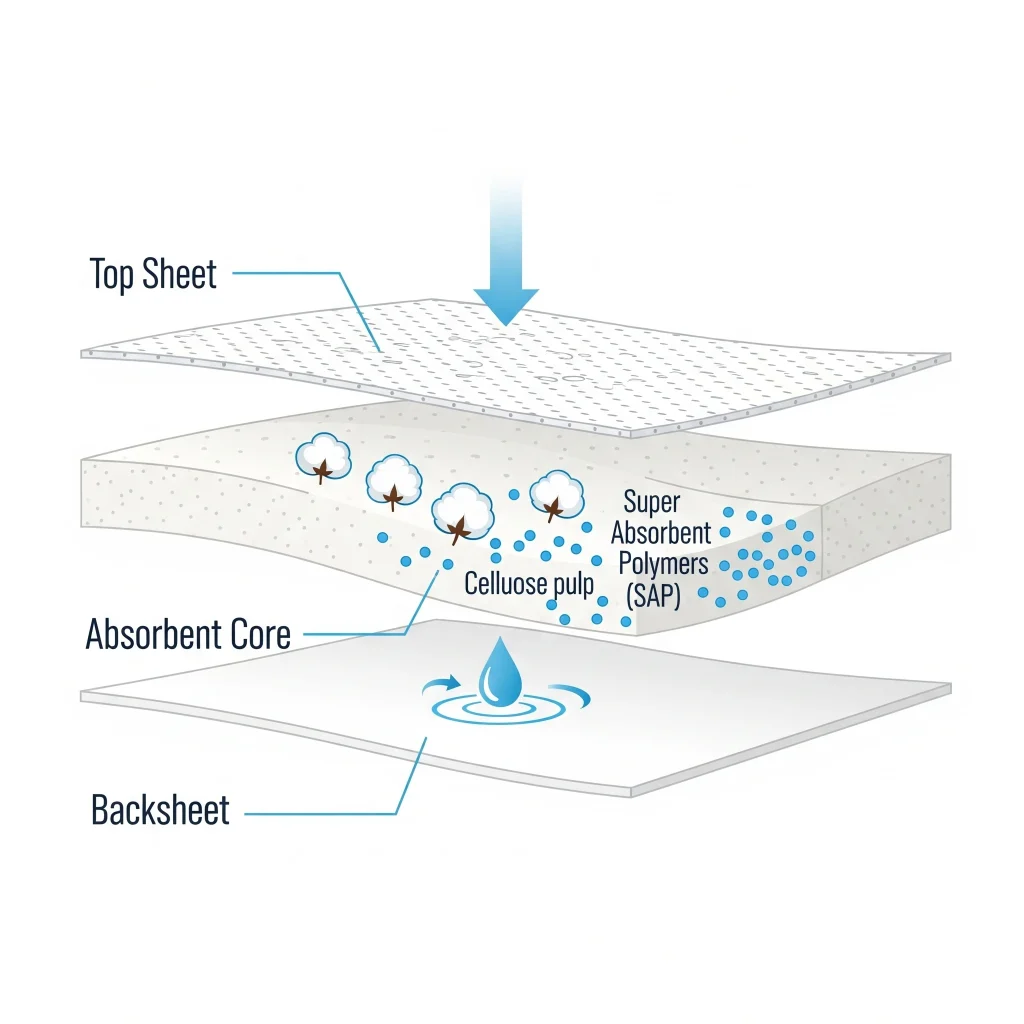
Simple Steps To Start A Small Pad-Based Business
Follow these steps if you want to sell or make pads:
- Research the market. Determine who will purchase: schools, clinics or shops.
- Determine the product range. Choose between low-cost pads or premium pads to suit local buyers.
- Purchase small machines to start production, or hire a manufacturer for private label.
- Maintain high hygiene during production and storage.
- Clear packaging with instructions for use and disposal.
- Offer samples to attract first customers.
- Get feedback to improve your product.
Start small, and then grow.
Business Opportunity & Project Guidance
Making sanitary pads is a growing and socially impactful business. Demand is rising due to increased awareness, especially in rural areas, where many women still lack access. You can start small or medium scale, depending on investment. The Low-Cost Project to Setup Mini Sanitary Napkin Manufacturing from NIIR offers detailed breakdowns—materials, costs, plant layout, production schedules, and financials.
Consider Alternatives To Disposable Pads
- Reusable Cloth Pads: Machine wash and reuse multiple times. They reduce waste.
- Menstrual Cups: Silicone cup can last years and collect blood.
- Period underwear Wearable as normal underwear, absorbs flow without pads.
Each option requires cleaning and care. Choose the option that best suits your lifestyle, budget, and comfort.
Want To Know About Which Business Idea Would Be Better For You?
Go Through Our Startup Selector Tool
Conclusion
Napkin pads are designed to protect your health, comfort and everyday life when you have periods. The pads work with a soft outer layer, an absorbent core and a waterproof backing. Choose a pad based on comfort and flow rate. Focus on clean production and user-friendly instructions if you are making or selling pads. Try reusable or biodegradable products to help the environment. Good habits and good pads can help people to live their lives with confidence and in health.
Read Our Book: Click Here
Napkin Pad: FAQs
Q. How often should I replace a pad on normal flow?
R: Every 3-4 hours. If it feels full, change sooner.
Q. Can scented pads be problematic?
Yes. Some people can be irritated by scent. If you experience burning or itching, use unscented pads.
Q. Are cloth pads safe to use?
Yes, as long as you wash and dry them thoroughly in the sun. Cloth pads that are clean and dry in the sun are both safe and environmentally friendly.
Q. Can I flush pads down the toilet?
No. Do not flush. Put them in a trash can after wrapping.
Q. Which pad should I use for sleeping?
Use an overnight pad. The overnight pad is longer and absorbent.

